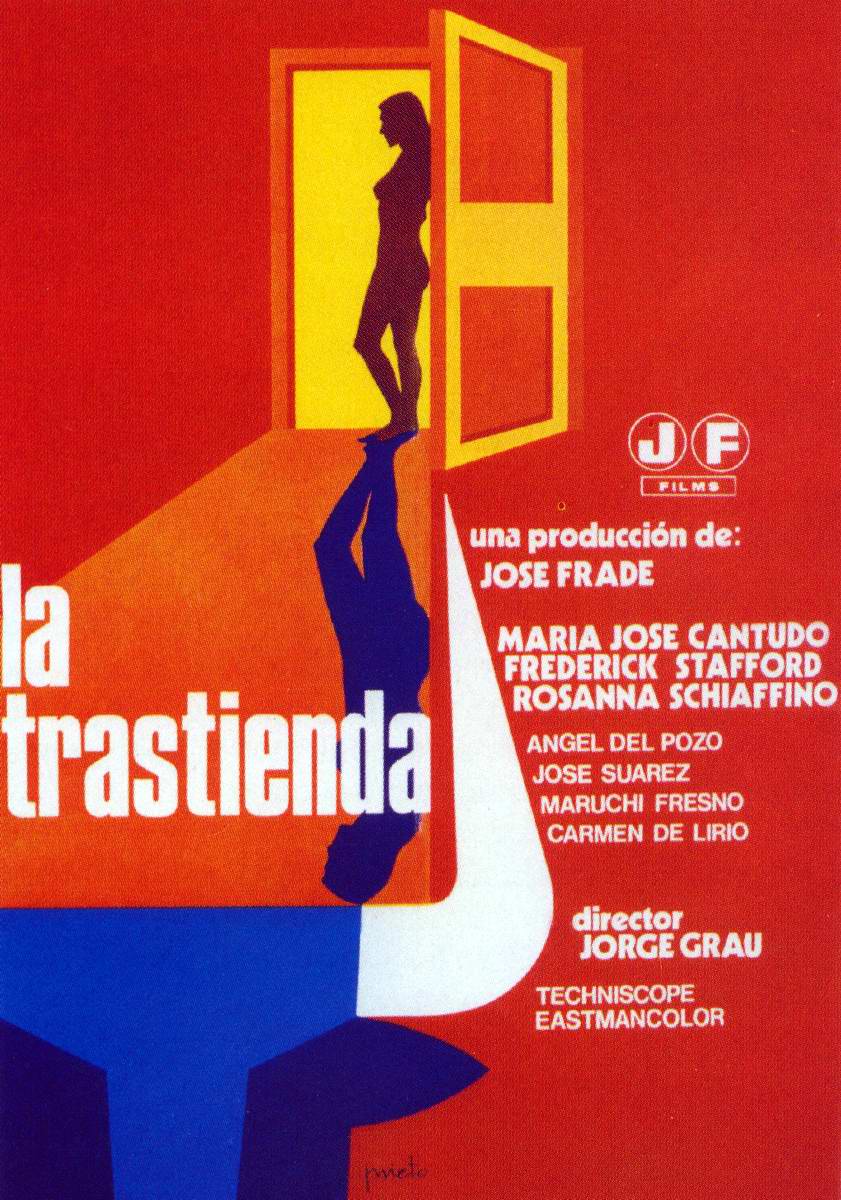« Coffee Break | Main | Coffee Break »
May 02, 2017
Spanish Erotic Cinema

Edited by Santiago Fouz-Hernandez
Edinburgh University Press - 2017
If you were looking for a survey on Spanish films that was produced primarily for the titillation of the intended audience, this isn't it. As a collection of essays by different authors, what we have is a hodgepodge of different aspects of how sex and sexuality have been presented in Spanish films, within a rough chronology from the silent era though more recent work. This book will probably be of most value to scholars of Spanish cinema as some of the chapters tie film history with national and cultural history. While those inclined for something more pictorial will have to search elsewhere, Anglo-American film scholars not fluent in Spanish may also find themselves frustrated due to the limited number of films mentioned here available for viewing.
Of the filmmakers cited, virtually of of Pedro Almodovar's films are available for study, followed by a handful of films by Carlos Saura, with scattershot availability of films by Victor Erice, Luis Garcia Berlanga, Juan Antonio Bardem and others. Antonio Lazaro-Reboll, whose book on Spanish horror films was previously reviewed here, has a chapter on films made between 1969 and 1975, with films and filmmakers more familiar even to the casual film enthusiast, with Jesus Franco the best known. Not addressed in this book, but an obstacle in understanding the national cinema of another country is that the films most known or available would appear to either be the rarefied works that may show up in the art house or film festival, or the easily importable genre films that frequently are subject to critical derision if not indifference.
Why this is important is that several of the films given close examinations are not easily available resulting in an abstract understanding of the author's arguments concerning those films. This is not the fault of the various contributors to this book, but it is a reminder of barriers for those who might want to investigate more of the cited titles for themselves. The book's cover is of Isabel Pisano, the title character in Bigas Luna's Bilboa (1978). While Luna's second film is given a whole chapter, it's later films cited, including Anguish and Jamon, Jamon that the reader would more likely have seen. Somewhat related is that Jorge Grau is best known for The Living Dead at the Manchester Morgue, a zombie horror film, but also a critique on questionable science used for commercial purposes. Grau's film,
Even when availability of certain films is spotty, there is an overview on how films provided a reflection of Spanish society during the years of the Franco regime, and later, when Spanish cinema was forced to keep up with the more liberal and graphic films from other European countries in the 1960s and 70s. The first chapter, on kissing, also shines a light on Spanish racism during the silent era. There is also the widely told anecdote of viewers who assumed that Rita Hayworth removed more than a single glove in Gilda. Films indirectly or unintentionally about homosexual attraction are discussed along with those films by openly gay filmmakers Almodovar and Eloy de la Iglesias. Curiously, women filmmakers are only featured in a chapter about films films centered on older women. An imperfect book, but still one with much to be gleaned for both serious and casual film scholar.

Posted by Peter Nellhaus at May 2, 2017 10:32 AM
